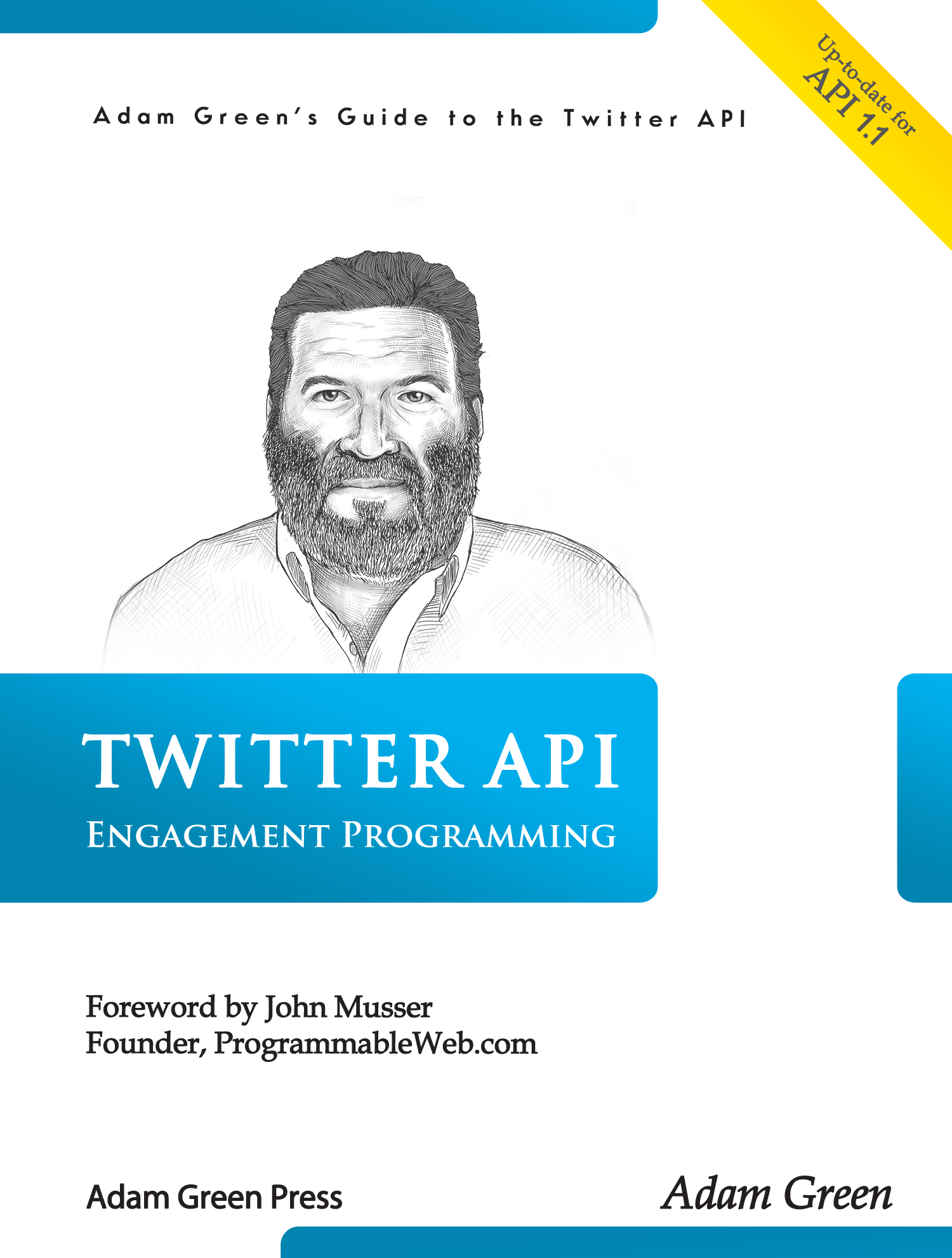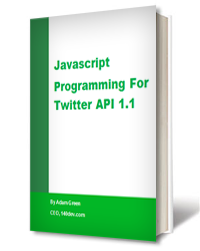I’ve been spending the last few days helping people install the latest version of the streaming API framework. This has reminded me of how many moving parts there are, and how this can get in the way of building a mental model of what is actually going on. One of the biggest confusions seems to be the idea that I wrote Twitter’s streaming API. Actually, all I’ve done is put a thin layer of code on top of a very deep stack. That code may tie things together, but there are many levels of code that need to be installed and configured. Let’s work our way up from the basic server level:
- Operating system. The streaming API code will run on *nix variants, Windows, and Mac OS X machines. Windows has it own unique quirks, but if you are willing to run a Windows machine as a Web server, you have already discovered that.
- Apache must be installed and configured to run PHP. You should also configure Apache to run PHP within HTML pages. This is not always set by default.
- PHP runs within Apache. You will need version 5.2 or greater. I’ve recently seen problems on Windows servers unless 5.2.17 or greater of PHP is installed.
- cURL is a library that runs within PHP and allows connections to remote servers, such as the Twitter API. You won’t need to call cURL directly in your code, but it is used by the Phirehose and tmhOAuth libraries. cURL should be enabled by default, but some webhosts turn it off.
- MySQL. I try to use version 5.0 or greater.
- The db_lib.php code in the framework uses the mysqli PHP library to communicate with MySQL, so that must be installed within PHP.
- Phirehose is the library that makes the actual connection to the streaming API in get_tweets.php. I didn’t write this, but the author, Fenn Bailey allows me to include it in the framework’s source code. It lives here.
- tmhOAuth is a library that lets you make OAuth calls to Twitter’s REST API, such as searching and reading timelines. It isn’t used by the streaming API framework, but is part of my engagement programming code, and many sample scripts on this site, so I’m including it here, It is written by Matt Harris and lives here.
- Finally we get to my streaming API framework code, which rests on all this work by thousands of other people. Open source is an amazing thing, but finding the right path to an app isn’t easy at first.








